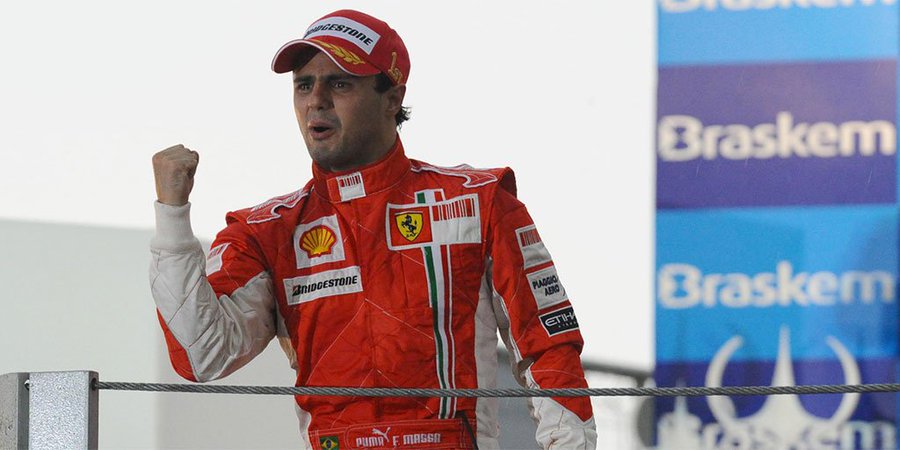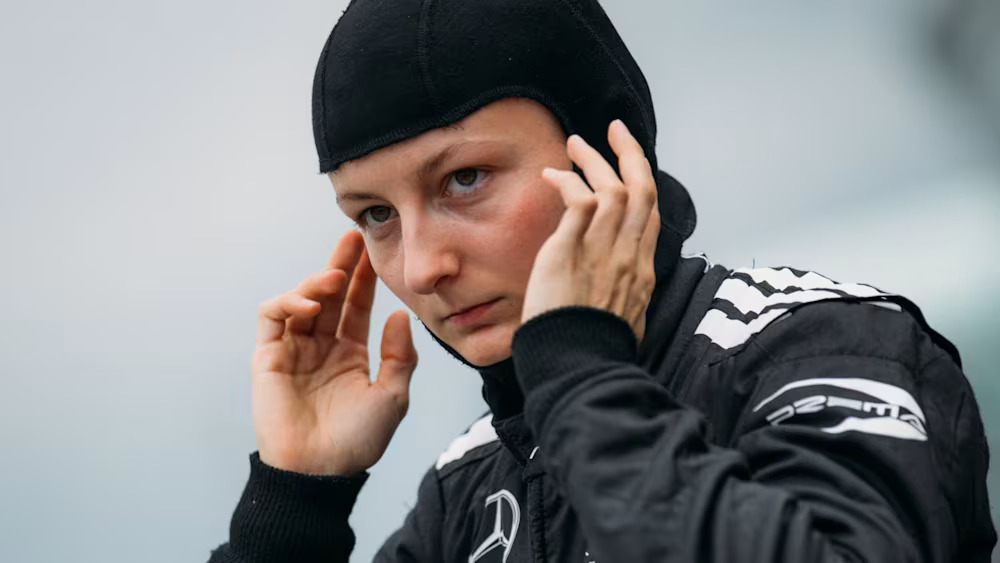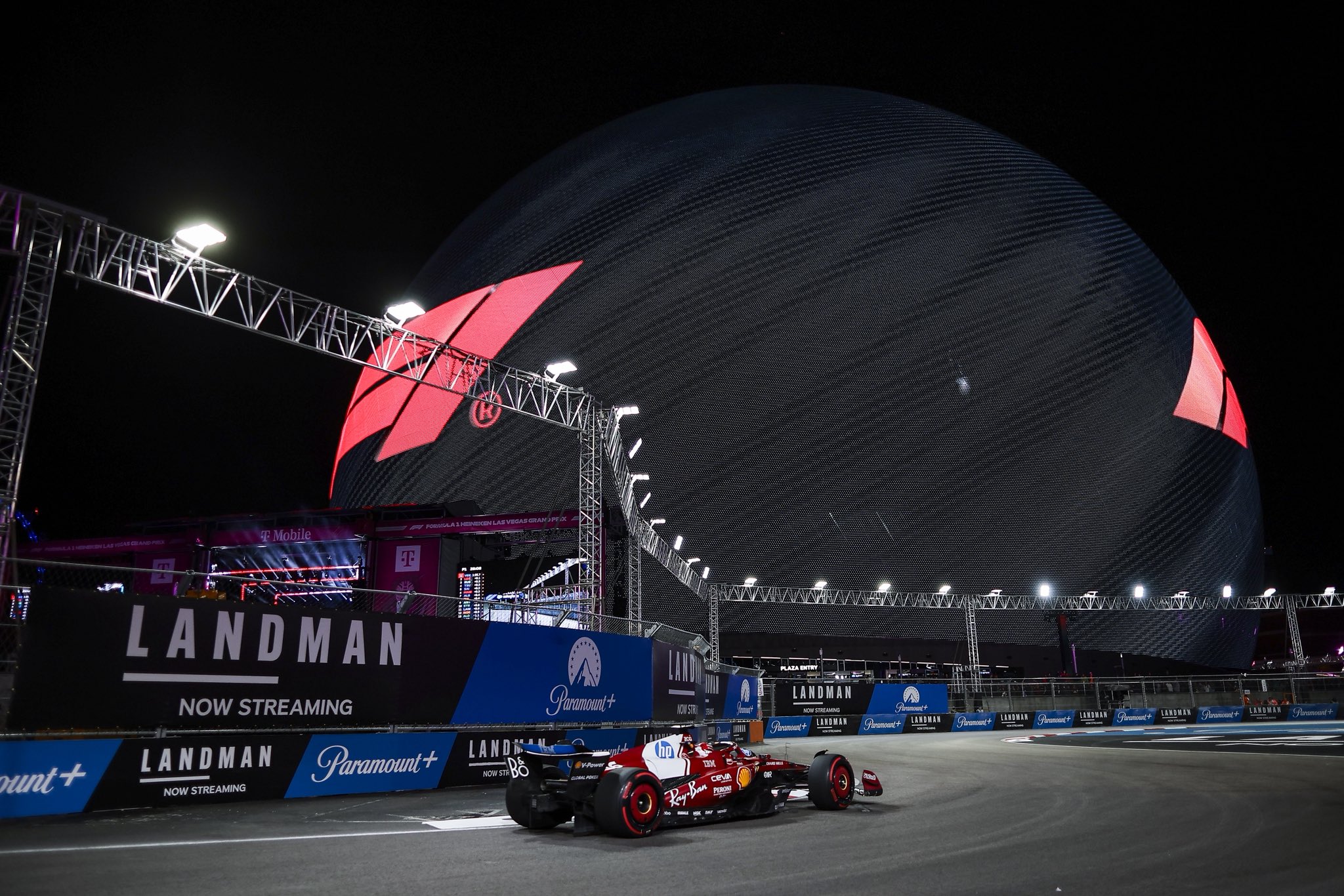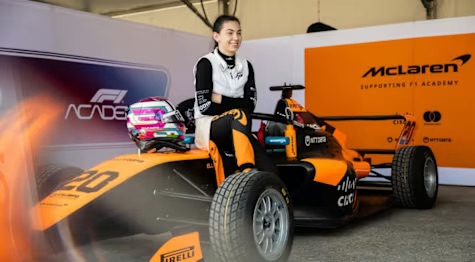The long-running controversy surrounding the 2008 Formula One season took a turn today, as the High Court refused attempts by Formula One Management (FOM), Bernie Ecclestone and the Fédération Internationale de l’Automobile (FIA) to block Felipe Massa’s claim from moving forward. As a result, the case brought by Massa—focused on allegations that key figures in Formula One concealed the true circumstances of the 2008 F1 Singapore GP—will now proceed to a full trial.
Background to the dispute
The dispute originates from one of F1’s most contentious incidents—Crashgate. During the 2008 Singapore GP, Renault driver Nelson Piquet Jr deliberately crashed, enabling his teammate Fernando Alonso to benefit from the resulting safety car period. Although suspicions circulated immediately, the FIA did not investigate the matter before the season concluded with Lewis Hamilton securing the Drivers’ Championship by a single point over Felipe Massa.
Subsequently, in 2009, the situation shifted dramatically when Piquet Jr provided a sworn witness statement admitting the deliberate nature of the crash. As a result, the FIA sanctioned Renault and two senior team members. Nevertheless, the governing body did not alter the race result, and therefore the championship standings remained unchanged. Massa did not pursue legal action at the time, although debate about the scandal continued for years in books, interviews, and press coverage.
However, the landscape shifted once again in 2023 when Bernie Ecclestone gave an interview in which he claimed that he and then-FIA President Max Mosley had known about the deliberate crash shortly after the race. According to the interview, Mosley allegedly received the information directly from Nelson Piquet Sr, and both men agreed to suppress the truth to avoid a major scandal in the sport. Ecclestone also stated that, had the matter been properly investigated in 2008, officials would probably have annulled the Singapore results, which in turn would have made Massa World Champion.
Following this revelation, Massa issued proceedings in March 2024, arguing that the alleged cover-up deprived him of the title and requesting both declaratory relief and damages estimated at approximately £64 million.
Massa’s response to the decision
Immediately after the Court handed down the judgment, Massa welcomed the ruling. He said:
“This is a tremendous victory – a great day for me, for justice, and for everyone who loves Formula 1. The Court has seen the strength of my case and refused to let the Defendants silence the truth about 2008. That deliberate crash stole the World Championship from me, and those in power chose to cover it up rather than stand for the sport’s integrity.
“They did everything possible to stop this case, but our fight is for fairness and today we have won. The truth will prevail at trial. We will leave no stone unturned. Every document, every communication, every piece of evidence about conspiracy between the Defendants will be brought forward.
“I am more determined and confident than ever: when the full facts are laid bare, justice will be done – for me, for the Brazilians, for the tifosi, for all motorsport fans, who deserve an honest sport, and for the future of Formula 1. I want to thank my outstanding legal team for their brilliant work and unwavering belief in this case, my family for their love and support every step of the way, and to God, who guided us and never let me lose my faith. Together we will see this through to the end.”
The defendants’ attempt to halt the case
Although the defendants made a concerted effort to prevent the claim from going forward, the Court carefully examined each argument they advanced. They contended that no contractual duties existed that Massa could enforce, that any loss resulted from Massa’s failure to appeal the FIA’s 2009 decision, that all claims were out of time, and that the declarations he sought would be inappropriate. Despite these wide-ranging submissions, the Court rejected them on the central issues, thereby allowing the case to progress.
Contractual and tortious issues examined
Mr Justice Jay acknowledged that the FIA arguably possessed a power—and perhaps even a duty—to investigate serious wrongdoing promptly, particularly given its regulatory role and the provisions of the FIA Sporting Code. Moreover, he recognised that this power may have been triggered because, in late 2008, Max Mosley, on behalf of the FIA, held information that had not entered the public domain. Nevertheless, he ruled that any such duty bound the FIA to its own members rather than to Massa personally. As a result, Massa’s breach of contract claim failed and was, in any event, time-barred.
In contrast, his French-law tort claim survived only by the narrowest margin. Although the judge expressed substantial doubts about its prospects, he did not strike it out entirely. Instead, he urged Massa either to abandon the claim or obtain further expert evidence before trial.
More significantly, however, the Court allowed Massa’s English-law claims for conspiracy and inducement of breach of contract to continue. Since these claims do not depend on Massa proving that he personally had contractual rights enforceable against the FIA, the judge concluded that they possess a real prospect of success.
Limitation: When the clock started turning
The Court’s analysis of limitation issues played a pivotal role in determining which claims could proceed. On the one hand, the judge found that Massa’s contract and French-law tort claims were out of time. He concluded that a reasonable person in Massa’s position would have known after reading the FIA’s 2009 World Motor Sport Council decision that the governing body had not investigated the 2008 crash at the relevant time.
On the other hand, the Court reached a markedly different conclusion regarding the conspiracy and inducement claims. In this context, the judge held that Massa might well demonstrate at trial that he could not have known the essential facts until Bernie Ecclestone’s 2023 interview brought new, potentially decisive information to light. According to Mr Justice Jay, the interview arguably allowed Massa to “join up the dots”, meaning that these claims may fall within the extended limitation period for deliberate concealment under section 32 of the Limitation Act 1980.
The Court’s rejection of declaratory relief
Despite permitting the core conspiracy claim to proceed, the Court refused to grant declaratory relief. Mr Justice Jay stressed that the declarations sought risked encroaching upon the FIA’s sovereign authority to govern its own affairs. Furthermore, he considered that such declarations would lack practical utility. As a result, Massa’s remedies—if he ultimately succeeds—will be confined to damages rather than any judicial rewriting of the 2008 World Championship outcome.
Looking ahead to further litigation
Although the ruling represents a substantial step forward for Massa, the judge cautioned that the path to trial will not necessarily be straightforward. He warned that Massa will still need to overcome demanding issues relating to causation, particularly concerning the hypothetical impact of an investigation in 2008 on the eventual championship result. The Court emphasised that it cannot revise the official standings of the 2008 season, even if Massa prevails. Nevertheless, the judgment now ensures that the central allegations will undergo full testing in court, with disclosure, evidence and cross-examination to follow.





